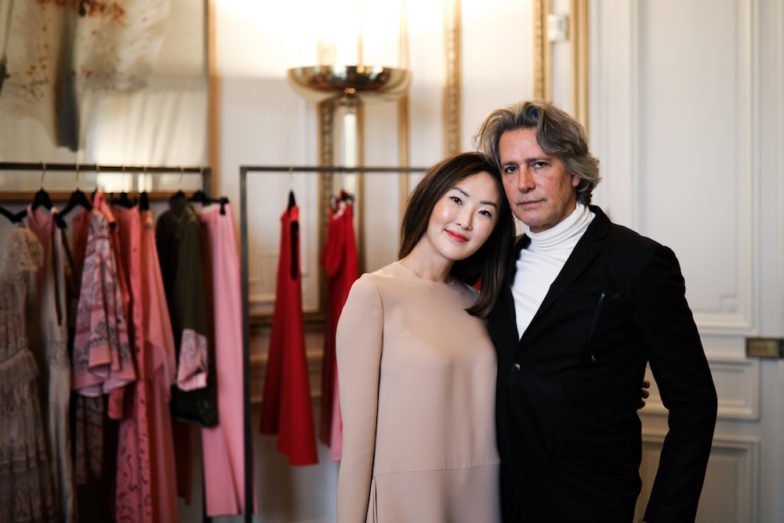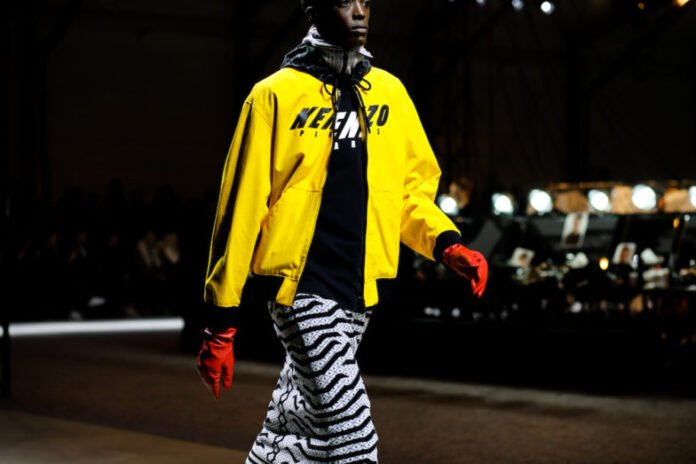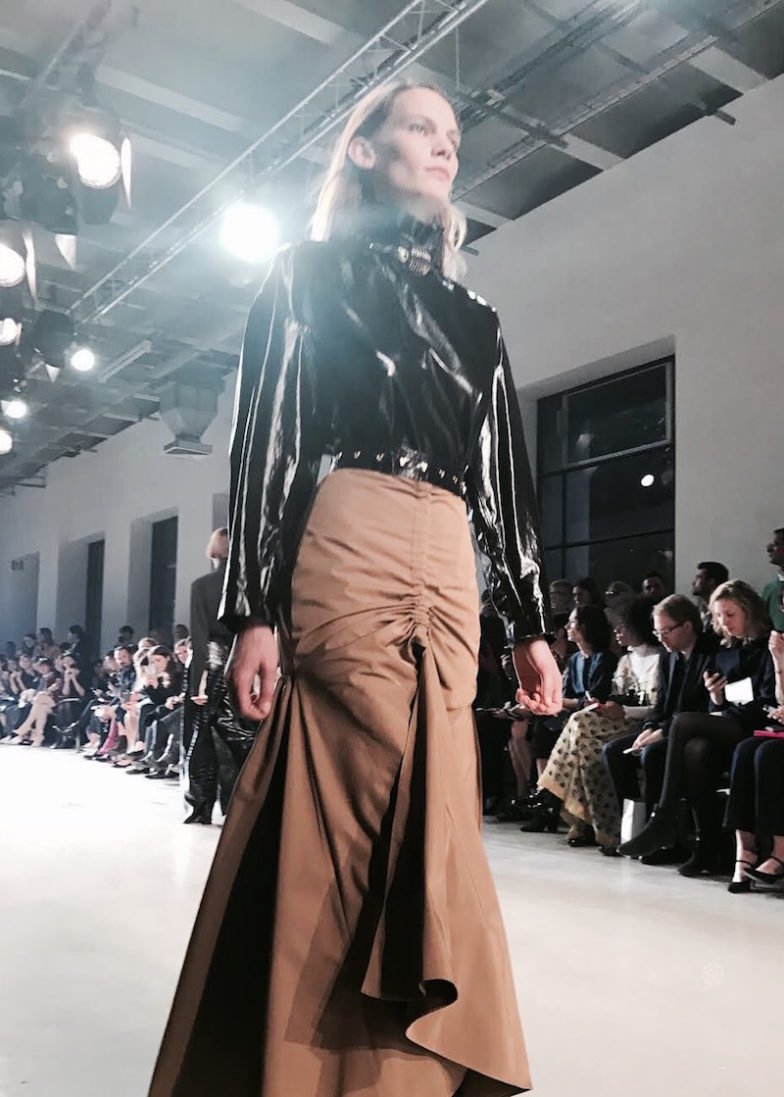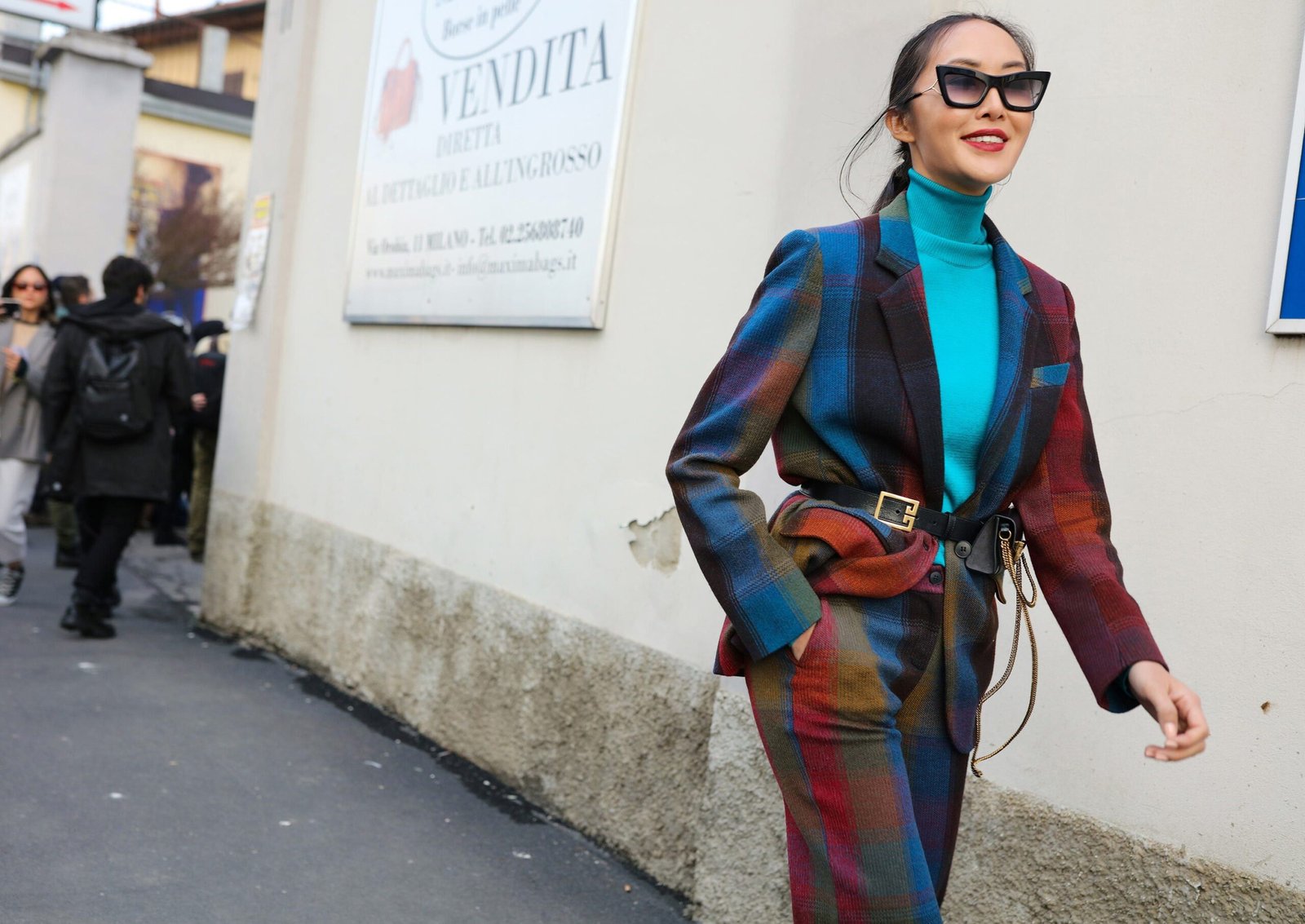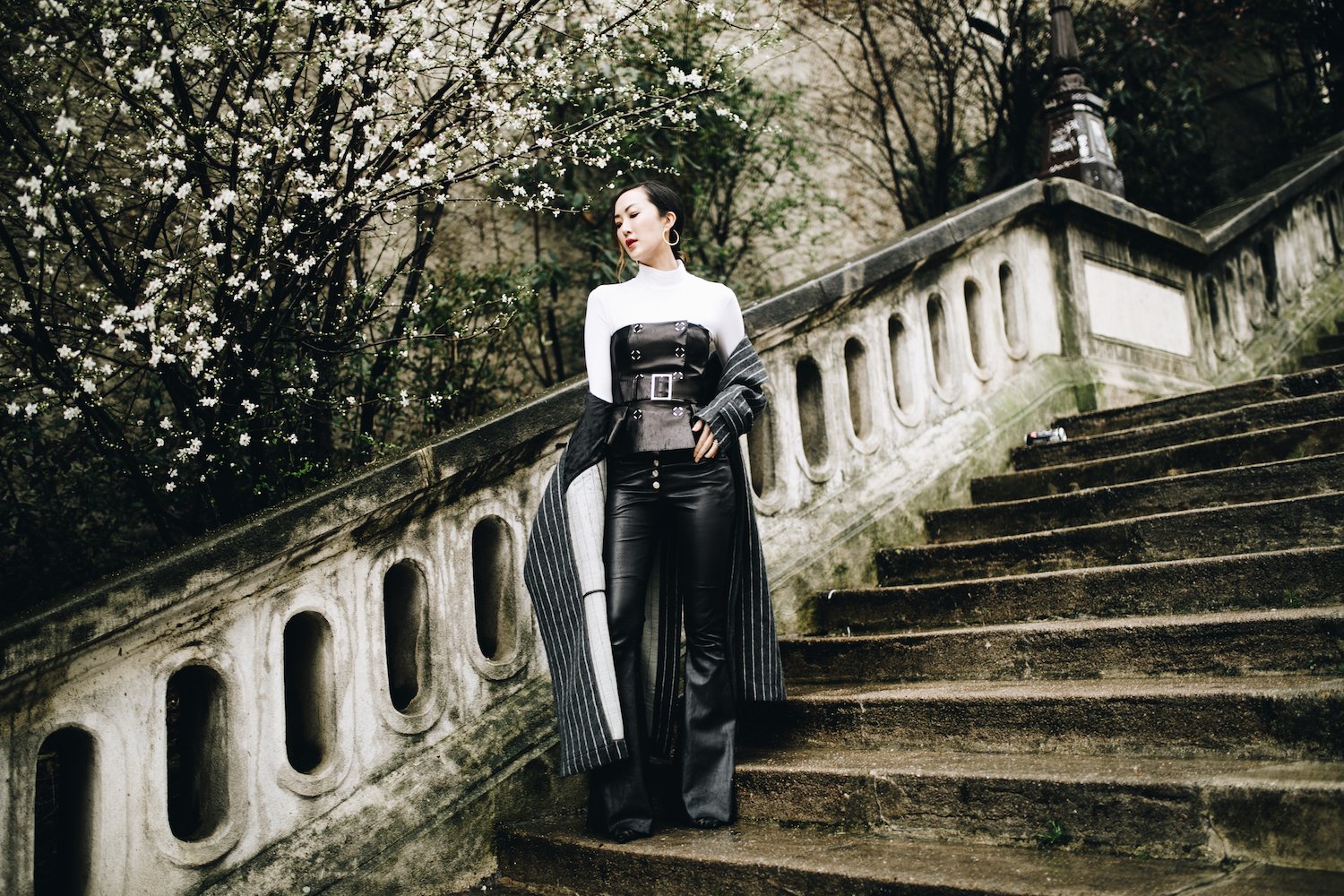A Symphony of Scissors and Silk
Paris in January is a city of contrasts—frost-kissed cobblestones beneath a steel-gray sky, yet within its ateliers, a feverish warmth pulses. The 2017 Paris Haute Couture Week unfolded like a love letter to craftsmanship, where every sequin was a punctuation mark and every hemline a stanza in a poem only the privileged few could decode. I arrived as an outsider, clutching my press pass like a golden ticket, unaware that the next seven days would redefine my understanding of art worn on the human form.
The event, held from July 2–6, 2017, brought together designers who treated fabric as their lexicon and mannequins as their muses 1. From Guo Pei’s architectural marvels to the whispered elegance of heritage houses, the week was less a fashion show and more a masterclass in audacity.
The Alchemists of Thread
Haute couture is often misunderstood as mere extravagance. In reality, it’s a rebellion—a refusal to let practicality dictate beauty. Atelier floors buzzed with artisans whose hands moved like metronomes, transforming gossamer silks into gravity-defying silhouettes. One craftsman, his fingers calloused from decades of embroidery, shared: “We don’t sew; we converse with the cloth.” This dialogue between creator and material echoed in collections like Guo Pei’s Legend of the Dragon, where 3D-printed scales cascaded down gowns like molten armor—a fusion of myth and modernity 1.
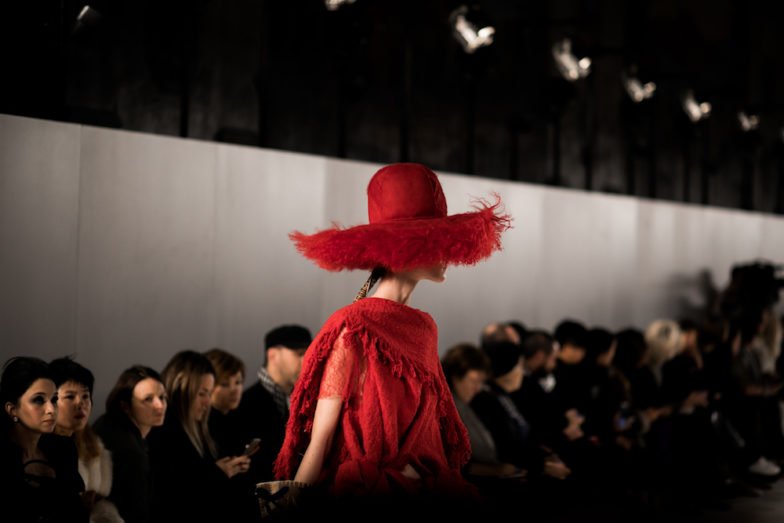
The process is painstaking. A single dress can consume 800 hours, its value measured not in euros but in the lifetime of skills passed between generations. Unlike fast fashion’s disposable ethos, couture garments are heirlooms, their seams stitched with patience and pride.
The Runway as a Time Machine
Couture Week thrives on duality: reverence for tradition collides with hunger for innovation. At Schiaparelli’s show, models strode through a mirrored labyrinth wearing surrealist bustiers adorned with trompe-l’œil lips—a nod to Elsa Schiaparelli’s 1930s dalliance with Dalí. Yet, nestled within the theatrics was a trench coat reimagined in liquid mercury satin, its collar sharp enough to slice through complacency.
Meanwhile, Armani Privé delivered a quieter revolution. His collection, Nuit à Paris, draped models in ombré chiffon that melted from midnight blue to dawn pink. The pièce de résistance? A cape embroidered with constellations visible only under UV light—a metaphor for couture’s hidden depths, revealed only to those who look closely.
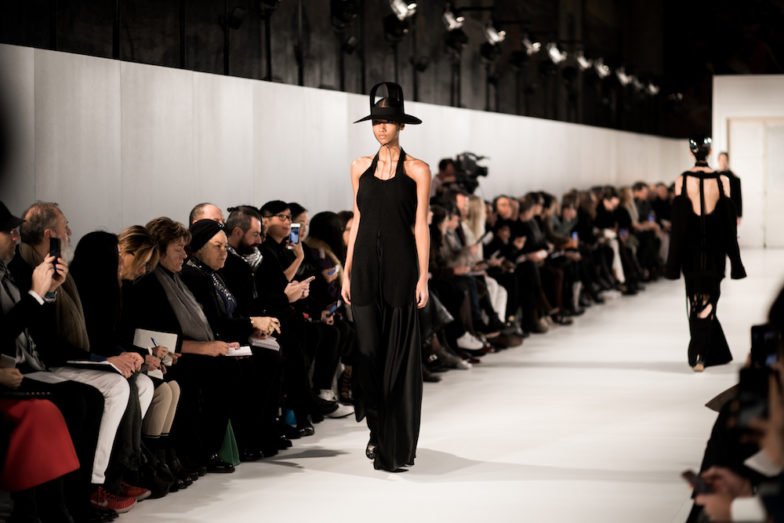
The Ghosts of Balenciaga and the Future of Form
Cristóbal Balenciaga once declared, “A couturier must be an architect for shape, a painter for color, a musician for harmony, and a philosopher for measure.” His spirit haunted the week, particularly in Iris van Herpen’s biomorphic designs. Her Lucid collection featured gowns 3D-printed from translucent resin, their honeycomb structures mimicking coral reefs. As models glided by, the garments crackled like frozen lightning—a reminder that couture isn’t frozen in time but evolving at the speed of imagination.
Yet, even futurism bows to heritage. At Chanel’s Métiers d’Art show, Karl Lagerfeld transformed the Grand Palais into a data center, where tweed suits were accessorized with fiber-optic cables. The message? Tradition isn’t a cage; it’s a foundation to build upon.
The Unseen Heroes: Petites Mains and Forgotten Stories
Behind every masterpiece are the petites mains—the “little hands” who embroider, pleat, and bead in anonymity. I met Marie-Claire, a third-generation brodeuse, as she painstakingly sewed freshwater pearls onto a veil. “Each pearl is a prayer,” she said, her voice steady despite fingers trembling from arthritis. Her worktable held a photo of her grandmother, who’d embroidered gowns for postwar socialites. “They think couture is for the wealthy,” she mused, “but really, it’s for the stubborn.”

These artisans are couture’s beating heart. Their labor transforms sketches into heirlooms, yet their names rarely grace headlines. In an age of influencer collaborations, their anonymity feels both tragic and sacred—a reminder that true artistry needs no hashtag.
Couture in Crisis? A Delicate Dance with Relevance
Critics argue haute couture is a relic, its $30,000 price tags out of step with a world obsessed with sustainability and accessibility. Yet the 2017 shows offered rebuttals. Valentino’s Maria Grazia Chiuri (fresh from her feminist “We Should All Be Feminists” tees at Dior) presented ethereal gowns woven from recycled ocean plastics—proof that opulence and ethics can coexist.
Even the audience evolved. Alongside Rothschilds and oil heiresses sat tech moguls and Gen-Z creatives, their iPhones capturing details for Instagram reels. Couture, once cloistered, now courts cultural currency beyond atelier walls.
Conclusion: The Eternal Stitch
Leaving Paris, I carried more than swatches and show notes. I carried the weight of a qu
